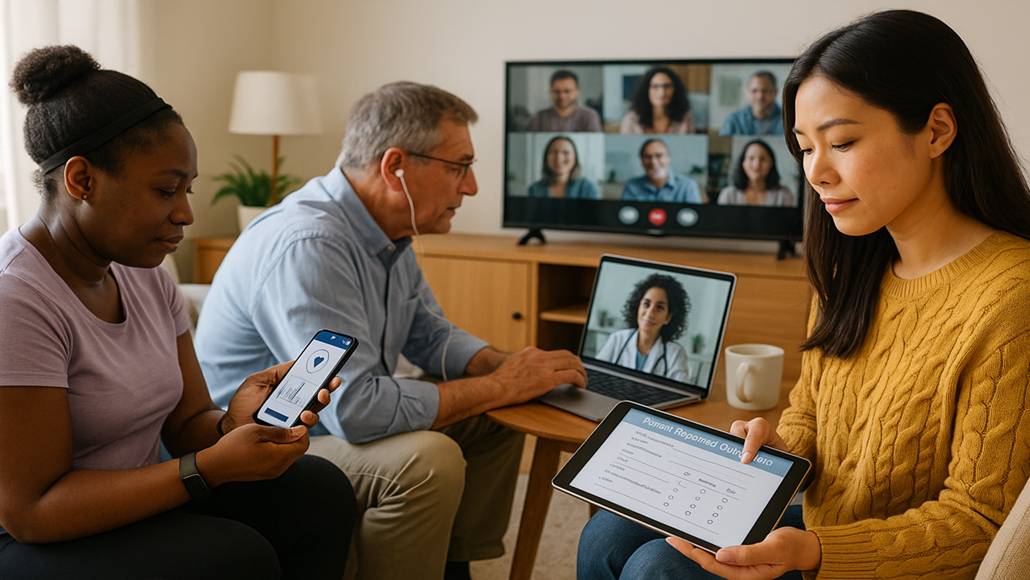In the past few years, there has been a positive movement toward using technology to change how patients are engaged and how they stay with a practice. A lot of different kinds of technology are changing the way clinical studies are done. These include mobile apps, electronic clinical outcome assessments (eCOA) and patient-reported outcome measures (ePRO), and the broad field of telemedicine. Let’s take a look at some of the most important ideas that are making a difference.
The right effect when it comes to mobile apps
Most of this change can be traced back to mobile apps, which allow researchers and users to talk to each other directly. These platforms can remember patients to take their medications and show up for their meetings, and they can also provide teaching materials about the study, all of which are easy for patients to access. It looks like the comfort part can’t be stressed enough. As an interesting side note, a Pew Research Center poll found that 85% of Americans own a smartphone. This shows how far mobile-based solutions could reach.
Making it easier to collect data in studies
The data collection process was made even easier with the help of Electronic Clinical Outcome Assessments (eCOA) and Patient-Reported Outcome Measures (ePRO). This made it possible to track symptoms in real time and get comments from users. Not only does this improve the quality and speed of the data, but it also keeps the patient interested by showing that their feedback and experiences during the study are valued. Researchers in the Journal of Medical Internet Research did a thorough study that showed ePRO systems can improve both patient involvement and data quality. This makes them very useful for clinical research.
Getting patients more involved
The way that patients are involved in care has been changed by new technology. Participants can feel like they belong and get support through gamification, personalized contact, and virtual groups. This can be very important for keeping them for the whole study. Patients are more likely to stay in line and be loyal if they feel like they are a part of the process and are respected.
The growth of telehealth
Telehealth has become a game-changer, especially since the global pandemic. Virtual visits, meetings, and follow-ups not only keep studies going even when things go wrong, but they also make it easier for people to participate because they don’t have to drive as far. This ease is especially helpful for people who live in remote places or have trouble moving around. The American Hospital Association (AHA) did a study that showed 76% of US hospitals are connecting with patients and visiting doctors through video and other technologies. This shows how widely telehealth services are used.
Using tech in experiments for health
When technology is used in all areas of clinical trials, it does make it easier for patients to stay in the study by making it more fun and giving each individual more personalized care.
Utilizing the strengths of mobile apps, eCOA and ePRO, patient interaction strategies, and telehealth, researchers not only speed up the trial process but also create an environment where everyone feels welcome and supported.
The future of clinical trials needs to find a balance between human touch and technological progress. This will make sure that every participant’s trip is as easy and well-informed as it can be.




















